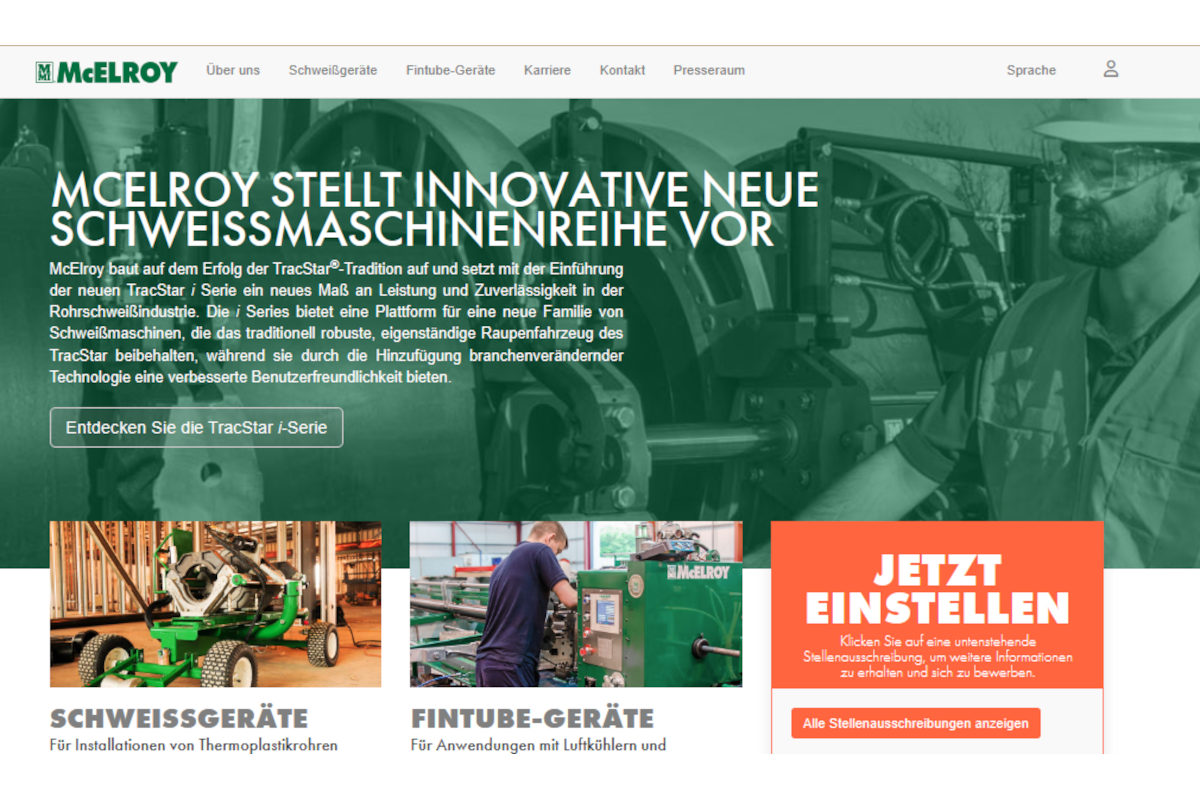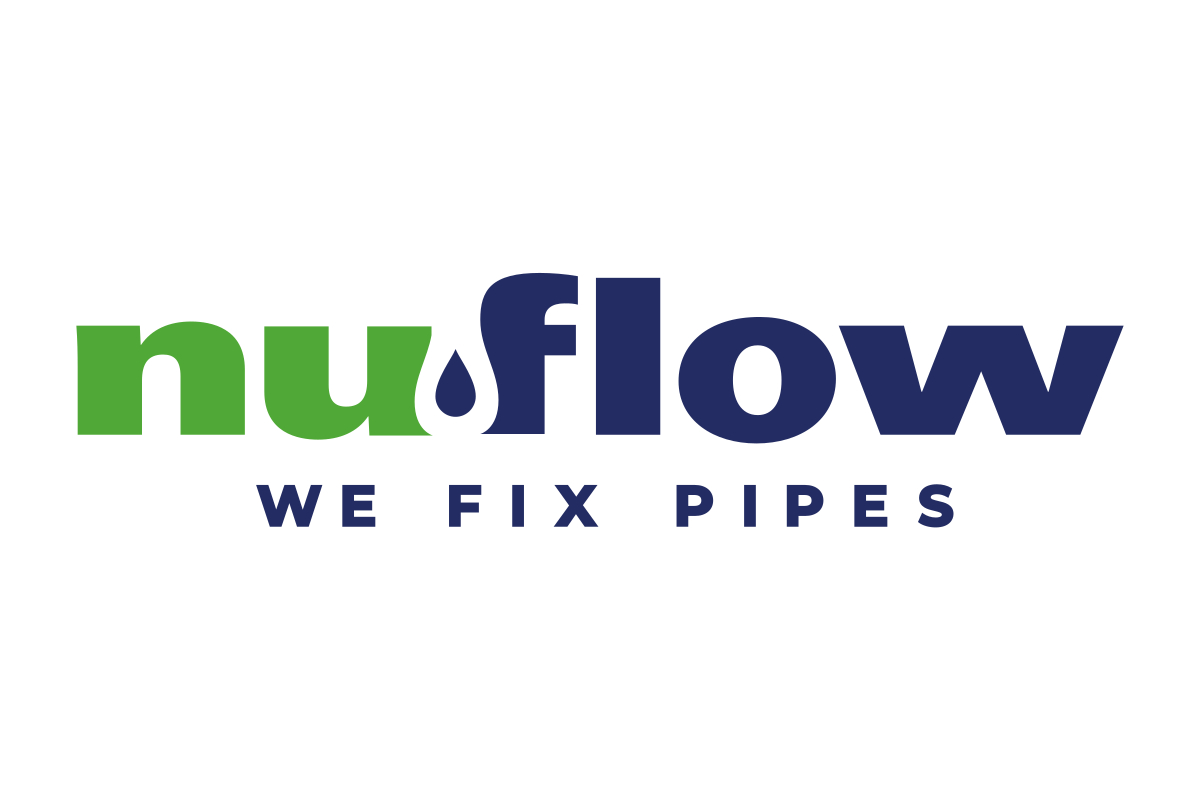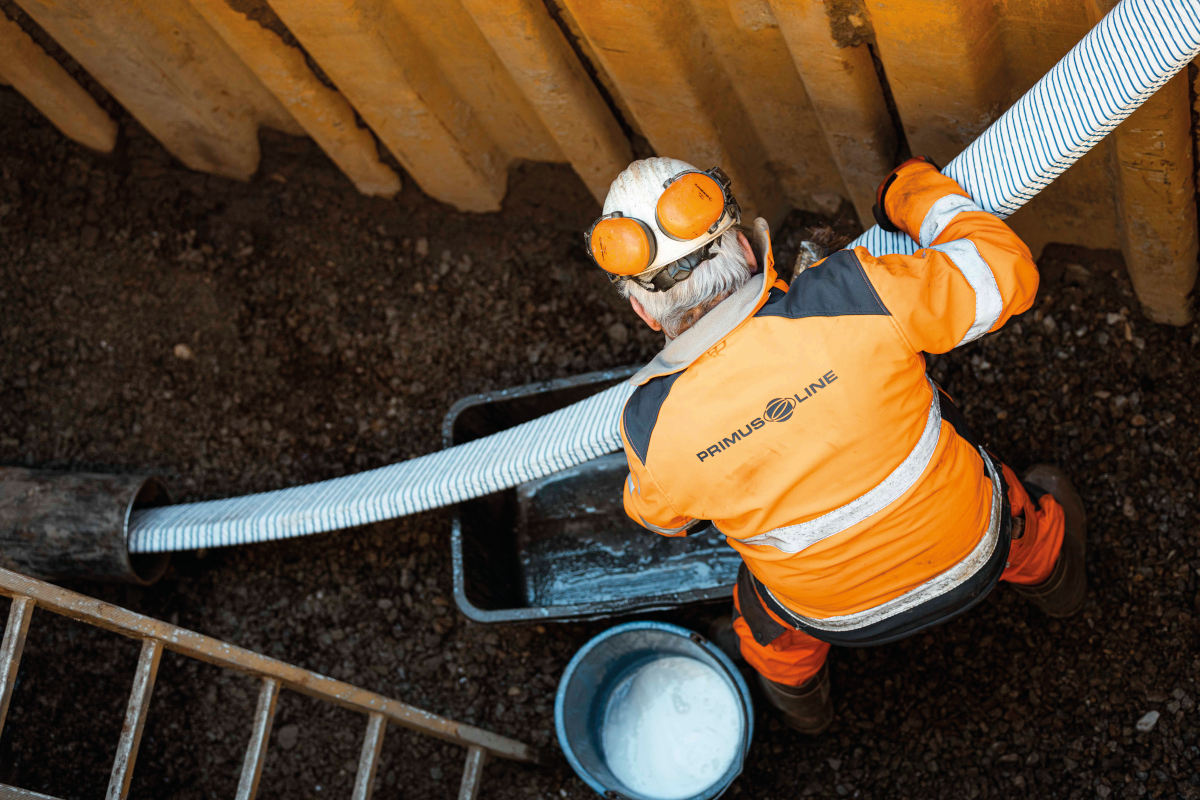Germany: Heaviest Pipe Liner Installed in Record Time
Whenrehabilitating mixed water channels in the Rethmar district of Sehnde, Germany,in Lower Saxony, it was primarily all about speed.
Thedamaged pipelines lay along the busy B 65 motorway, the town’s main road. Usingopen-cut methods, this building measure would have resulted in months ofblockages and thus considerable traffic obstructions. The Sehnde MunicipalUtilities, therefore, issued an invitation to tender for rehabilitation usingthe trenchless in-liner procedure.
Theorder included the renewal of 911 m of mixed water channel in the dimensions ofDN 250 to DN 1200. The contract was awarded to Rohrsanierung Jensen fromBordesholm, which was able to demonstrate numerous successful rehabilitationprojects, especially with pipe liners with large dimensions. In May 2012 thechannel was rehabilitated in 10 sections under the direction of Dipl. Ing.Andreas Josef.
Thebiggest challenge of the project was formed by one section measuring 205 m longand in the dimension of a DN 1200 circular profile. The partial blockage of themotorway required for the building measure should be reduced to a minimum. Thislong section was rehabilitated in a single work step. Due to the damage, thestructural engineers calculated a required composite wall thickness withoutwear resistant layer of 12.1 mm for the GFRP Alphaliner pipe liner fromRELINEEUROPE that was being used here.
Inorder to install a pipe liner with this wall thickness within a reasonabletime, to date only the use of so-called “pipe liners with combinationcuring,” that work with combined UV light curing and thermal curing, cameinto the question. As in the case of pure thermal curing, the disadvantage ofthis technology lies within the time-consuming logistical process. In order toprevent premature curing of the resin, the liner material must be transportedand stored in cool containers. On the construction site, too, a considerableamount of additional work is required compared with pure UV light curing.
StefanJensen, the managing director of the rehabilitation company, decided for thisproject to install the “Alphaliner1500” type GFRP pipe liner that wasnewly developed by liner manufacturer RELINEEUROPE. This pipe liner ischaracterized by a further developed, especially high level of transparency ofthe glass resin complex. In combination with a UV-curing technology coordinatedto this liner type, Alphaliner1500 pipe liners with wall thicknesses measuringmore than 10 mm can be quickly and completely cured using pure light curing.
On May2, 2012, the 205-m long liner was delivered to the construction site on the B65in Sehnde at 10 a.m. The transport case, which measured 6 m long and 2.5 m inlength and width, came to the handsome weight of almost 20 tonnes. A heavy-dutycrane was on hand to unload the liner from the lorry to the downcast manhole.Four hours later, the pipe liner was inserted into the channel on a slidingfoil with the help of a conveyor belt, and the packers were positioned on bothends of the liner.
“Forthe curing process, we used the light source that RELINEEUROPE developedespecially for rehabilitating large profiles and has a curing performance of 12x 1,000 watts,” reported Jensen. The entrepreneur invested in thishigh-performance curing technology back in 2011. He explains that thetechnology has already proven itself on many construction sites when it comesto quickly curing liners with large wall thicknesses. Once the liner had beenpositioned and calibrated within one hour using compressed air, theinstallation team specialized in the installation of large liners was able tostart the curing process at 3 p.m. With the powerful UV light source, a curingspeed of around 50 cpm (up to 30 m/hr) was possible. The curing process wastherefore completed at 10 p.m. after around seven hours. At 3 a.m., thespecialists had completed all the rework, such as the milling out of the supplylines and the rehabilitation of the connections. In the morning, drivers cameto their places of work in Sehnde without experiencing any traffic congestion. ClaudiaPechtheiden–Meier of Sehnde Municipal Utilities, who monitored the project asthe contracting body’s construction manager, was also satisfied. Jensenundercut the agreed time frame by 20 percent.
“Thisglobally unique curing performance enables a considerably faster and morereliable installation of pipe liners, even when rehabilitating large crosssections with high static loads,” sums up Jensen. For him, with theAlphaliner1500, the well-known benefits of light curing are “thereforetransferrable on a one-to-one basis for the rehabilitation of largeprofiles.”
This article wassubmitted by RELINEEUROPE Liner GmbH & Co. KG, based in Rohrbach, Germany.




